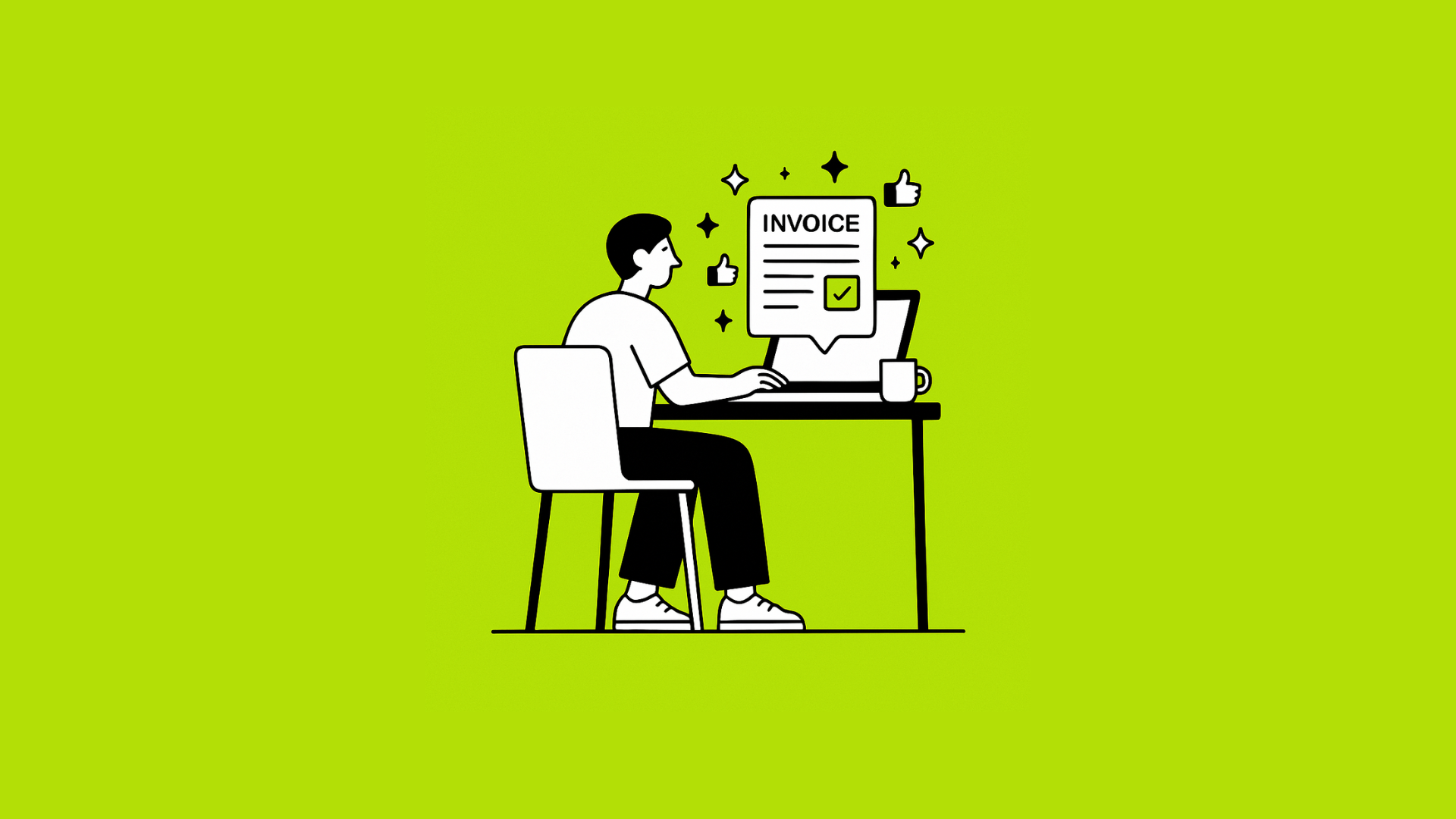Accounting software is crucial for retail businesses as it involves calculating and tracking inventory, on top of managing other cash flows and the company’s financial health. What sets accounting in retail apart from other industries is the involvement of inventory that requires tracking items and calculating costs.
According to an SMB accounting report, around 53% of small businesses use an accounting software solution.
A cloud-based accounting software assures that real-time financial information will be instantly available to help its users better understand the current financial standing of an organization.
The advantages of accounting software are operational efficiency, improved accuracy, reduced operating expense, secure database, consolidated data, and automated record-keeping.
Types of Accounting Software
Accounting software comes in different types and it depends on the kind of operations and accounting and financial systems business has. The list of accounting software solutions is long.
To know which one suits your needs best, check out the list below on the different types of accounting software:
1. Billing & Invoicing systems
This type of accounting software accomplishes businesses’ basic daily tasks like writing checks and alerting customers of their overdue accounts. These systems are relevant to control the accuracy of accounting figures and allow the services to appear to be more professional.
2. Payroll Management Systems
This helps manage accounts payable and accounts receivable accounts, calculate employee salaries, deductions, directly deposit employee salaries directly to their bank accounts, and produce taxation reports, and payslips.
3. Enterprise Resource Planning Systems
This system connects all systems used for product planning, material purchasing, inventory management, distribution, and other functions from different departments in an organization. Hence, this suits enterprises better.
4. Time and Expense Management Systems
This aids in speeding up billing cycles and approving expenses. These can be configured to suit the operational pace of any business. This helps you collect payments faster and identify slow and ineffective practices.
5. Cash Manager
Cloud-based accounting software designed to simplify accounting processes like computation, quotation automation, invoicing automation, and bank statement reconciliation.
Declaree
Cloud-based expense management mobile application that aids company employees to digitize their expenses. Through this app, employees can immediately capture receipts instead of manually filling out end-of-month expense reports.
Strategies to Improve the Effectiveness of your Accounting Software
If you had already decided to incorporate accounting software in your company’s system, then it will be necessary for you to know the strategies used to improve the effectiveness of your accounting system.
The following are the strategies to maximize the features of accounting software and improve its effectiveness:
1. Create Policies
The components of an organization cannot function properly without having company policies and procedures for each responsibility. For the accounting functions, the monthly cut-offs should be stated clearly for invoicing and recording expenses.
2. Maintain a Timely Manner
Manpower who are inputting data into the systems of the organization should accomplish their jobs on or before deadlines. An example of this is checking the accuracy of bank reconciliations every month.
3. Design Coding Cover Sheet
A coding cover sheet is a list of your company’s general ledger account numbers which will help staff who are inputting data into the system save time by not having to look them up every time they do this process. This can also empower you to maintain unique transactions and avoid duplicate entries.
4. Batch Item
This means that you should set a block of time to input a collection of data regarding invoices into the system. Some companies process their invoices once a month while some do this twice.
5. Request for Oversight
Since financials are crucial to your business’ cash flow, it’s essential to get the help of people with the skills and knowledge in this aspect. Professionals who have this responsibility in an organization are CFOs, treasurers, and finance committees. They typically review monthly bank statements and financial statements.
6. Fully maximize the functions of your accounting software
It is beneficial to hire a trainer to teach the basic functions of your accounting software with an employee to maximize the software’s functions.
7. Review the accounting system processes
Monitor accounting systems and look for inefficiencies and unnecessary steps in the process. Since today’s accounting tools are available on mobile, you can stay connected with your business anytime even when you’re on the go.
The Ideal Accounting Software
Businesses are very much like a living and breathing entity, one that is continually adjusting to the changing technology trends and threats. The ideal accounting software should do the same. It should have to be adaptive to emerging technology. But more importantly, it should offer a combination of accuracy, relevance, usability, and adaptability.
If you are in the commerce business, you might also want to use POS tools on top of your accounting software to manage your sales and transactions. Check out this Best Point of Sale Software – 2020 List of Top 15 Point of Sale Tools for popular options in the market.






